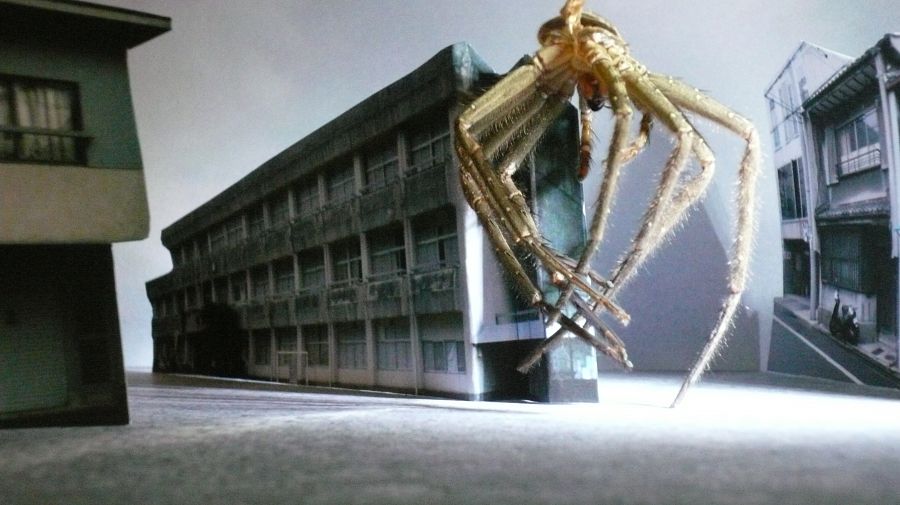
The Visitors
Diary 2008.9.30
Chance and improvisation are important in my work. I welcome the unexpected as a gift and often incorporate it into my ongoing projects. One of the first days after moving into my studio at Shimobun Atelier I found a giant dessicated spider hanging by its own filament on one of the wooden shelves. For some time I just pretended the spider was not there and didn’t go near the shelves, but one nice day I got my tweezers, cut the filament and posed the beast within the city-sets I was building and photographing at the time.
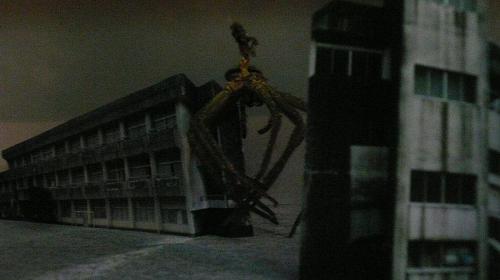
I was working with the idea of the Visitor, showing up as a stranger in town, the feelings of being lost, confused, lonely and maybe a little apprehensive in the new environment. The state of mind one is in before one knows how she will be received, whether she will be accepted or rejected by the community, whether she will be able to translate herself to the host culture, before there is a common past that bonds people together.
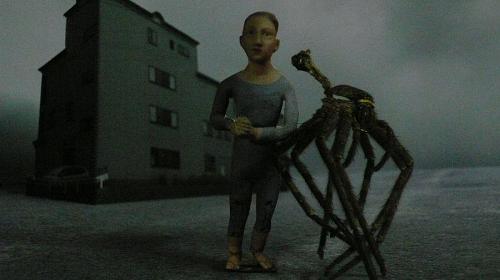
I did not immediately see how the spider will fit into this project beside being incredibly beautiful and scary, especially at the scale of the buildings themselves, but as I was working with it I started to recognize it as one particular kind of visitor that appeared time and again in human culture, history and collective anxiety. In some movies the visitor, the stranger is presented as a monster, someone or someTHING not from this world, a threatening entity not to be empathized with and understood but to be overpowered and destroyed in order to save people, cultures and often the earth itself from annihilation. The history of mankind is replete with such attitudes toward various minority groups. 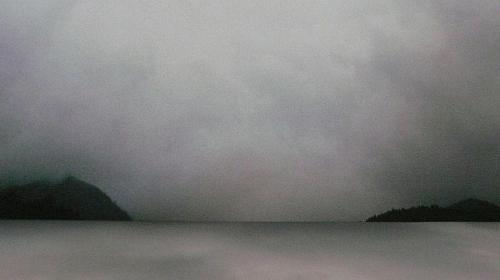
The theme of the fear of the stranger, the monster, the one that is not recognized as “like one of us” has interested me for a while, having moved between countries and cultures and having personally experienced both discrimination and prejudice. “Be kind to the stranger that dwells among you because you were strangers too in the land of Egypt” admonishes God in the Torah, appealing to people’s compassion through recognizing ourselves in others however unlike us they may initially seem, which makes me think that the proclivity of groups rejecting the stranger is not at all a new phenomenon.
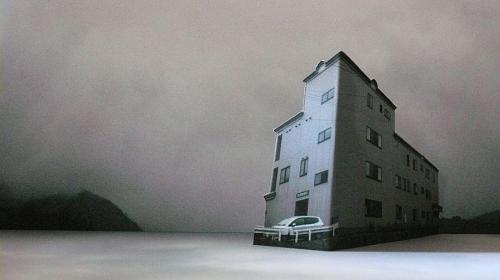
In Eastern European folk tales demons and demonesses often stand in for the stranger, the “other”, the unwanted visitor whom through the mere fact of being different pose a threat to the host communities which eventually defeat them thus restoring order in their world. However the folk tales I love most are stories in which individuals and these other worldly visitors strike up a different kind of relationship, stories in which an unusual bond and tenderness is forged between humans and the “others”. These stories often don’t end well as folk narrators generally felt the need to caution against straying outside the flock and forging relationships oustide one’s own group.
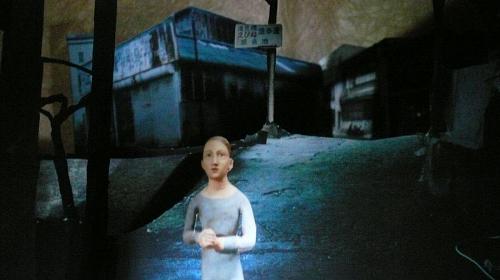
Still, there are a few tales in which relationships between humans and the “others” actually do work out quite well despite the harsh judgement and rejection of the human community. One of my favorites is an Eastern European Jewish folk tale in which a girl falls in love with a water demon and joins him in his underwater palace where they live happily and even have children although the girl is regarded as dead by her own family. It’s a beautiful and surreal story, quite rare in the folk literature of the region, yet one that gives hope that communication and understanding is possible even between very unlikely parties, and that empathy and love have no boundaries.
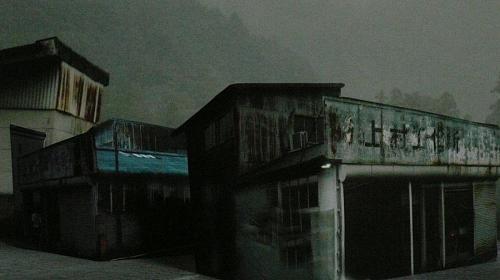
I have read beautiful African folk tales from Alexander McCall Smith’s collection that describe relationships between people and spirits; and in Japan I have discovered with great joy among the kwaidan– traditional ghost stories re-told by Lafcadio Hearn– tales like “The Peony Lantern”, well-known and loved stories which inspired kabuki plays, literature, visual art, manga and contemporary films alike, stories that deal with relationships between humans and ghosts.
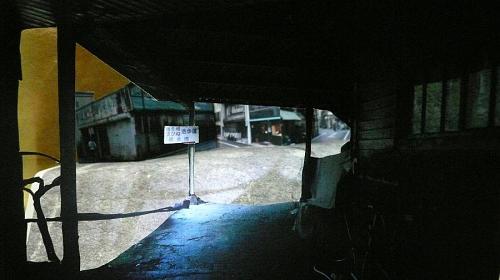
More and more the giant spider that made its way into my project by chance took on the role of this particular kind of visitor, the feared stranger, this misregarded “other”. It stood in for the Visitor’s anxiety of the possibility of rejection, of being misunderstood and remaining lonely in the host environment.
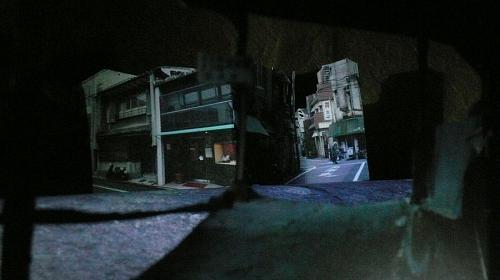
Someone told me that people in Kamiyama are so friendly and accepting of strangers and of differences between people and cultures because the village is on the pilgrim route, so people here have been historically exposed to many different individuals that passed through on their way to holy sites. It is part of the local culture to help pilgrims reach their destination with whatever one can spare: food, shelter, even money; the only expectation being that the pilgrim continues the journey, symbolically carrying with them all the people who helped them along the way. And when the pilgrim reaches the holy site which is their destination it is as though all the people who helped along the way reached that destination as well.
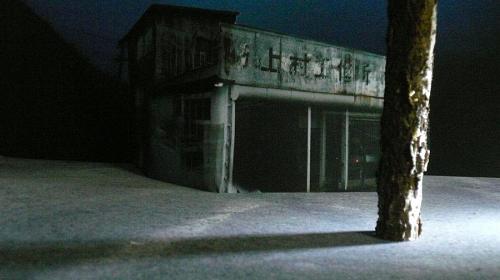
I found this explanation beautiful and immediately saw the similarity between the pilgrims and the artists in residence, both on spiritual as well as physical journeys, both passing through and both being treated with kindness and empathy and welcomed in the community for the time they spend in Kamiyama. I also found a parallel in the responsibility of the pilgrim to continue the journey and reach the destination and the responsibility I feel as an artist to create meaningful work.
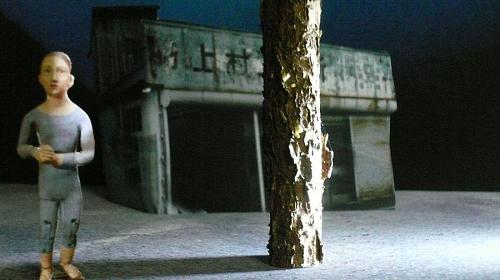
For Westerners this level of community-mindedness may seem quite unusual. In the US individualism is a cultural value, emphasised and rewarded, the loner being somewhat of a mythical hero, a cultural icon. In Kamiyama at first I had a hard time with the idea that people are expected to write their names on their trash bags, thus taking personal and public responsibility for disposing correctly of their burnable trash and sorting recycled items properly into five or more strictly defined groups that are not exacty intuitive. I was incredulous when I heard that the drunk driver is not the only one severely penalized for driving while intoxicated but hefty fines are imposed on all the passengers in the car along for the ride, as well as on the person who provided the alcohol that intoxicated the driver.
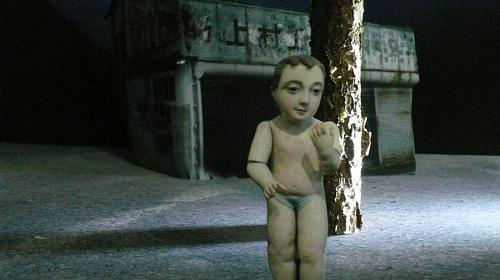
While this level of visibility and collective responsibility may feel stifling to a Westerner it is just the other side of the coin of the harmonious community in which each individual feels personally repsonsible for the well-being of all the other individuals in the group, the community whose accute attention to the needs of its members we too enjoy.
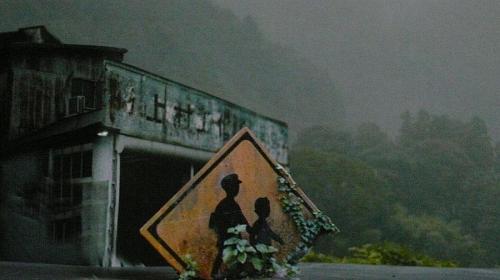
These are some of the thoughts and experiences that guided my project The Visitors. The completed part of the work is a series of 42 photographs from which the images in this posting have been selected. I am currently creating one-of-a-kind pop-up books based on some of the photographs.
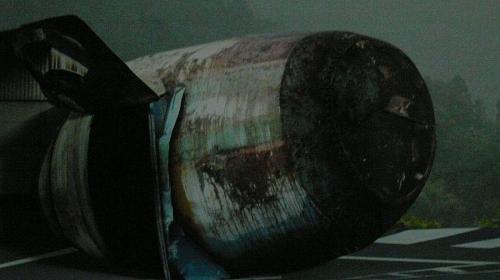
To comment
コメントを残す
“Diary”Latest bulletin
“Diary” archives- Aki Rika (12)
- Chan (11)
- Claire Tanaka (3)
- Folklore and History (1)
- Karin van der Molen (13)
- Rakuon Rakujitsu (1)
- Taste of Kamiyama (4)

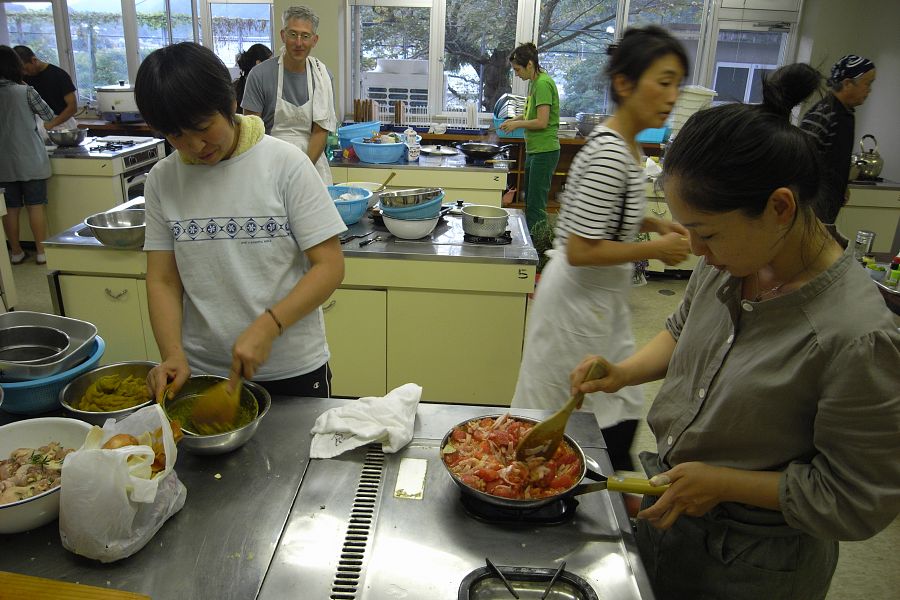
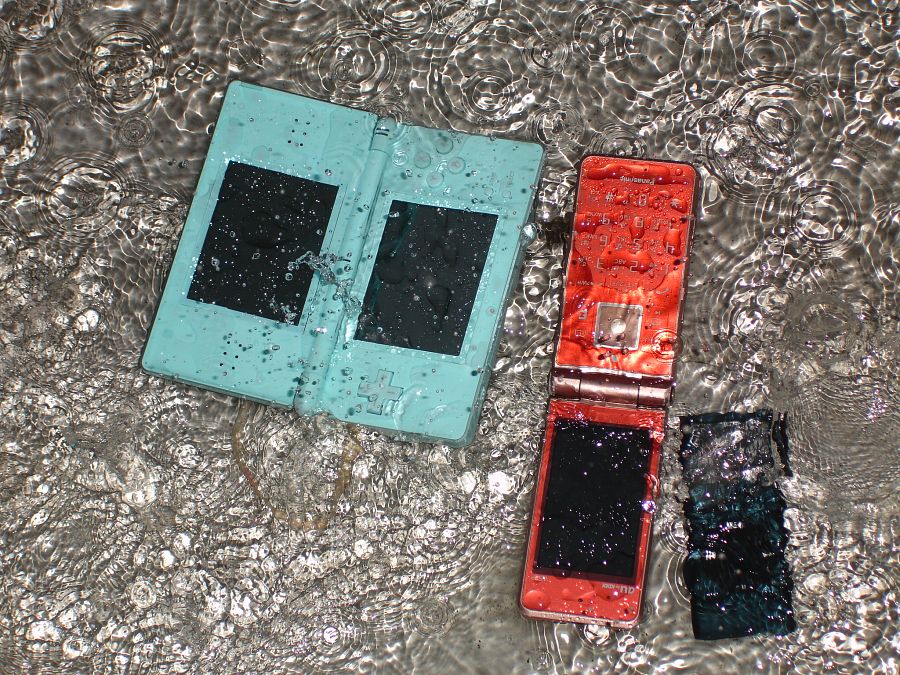
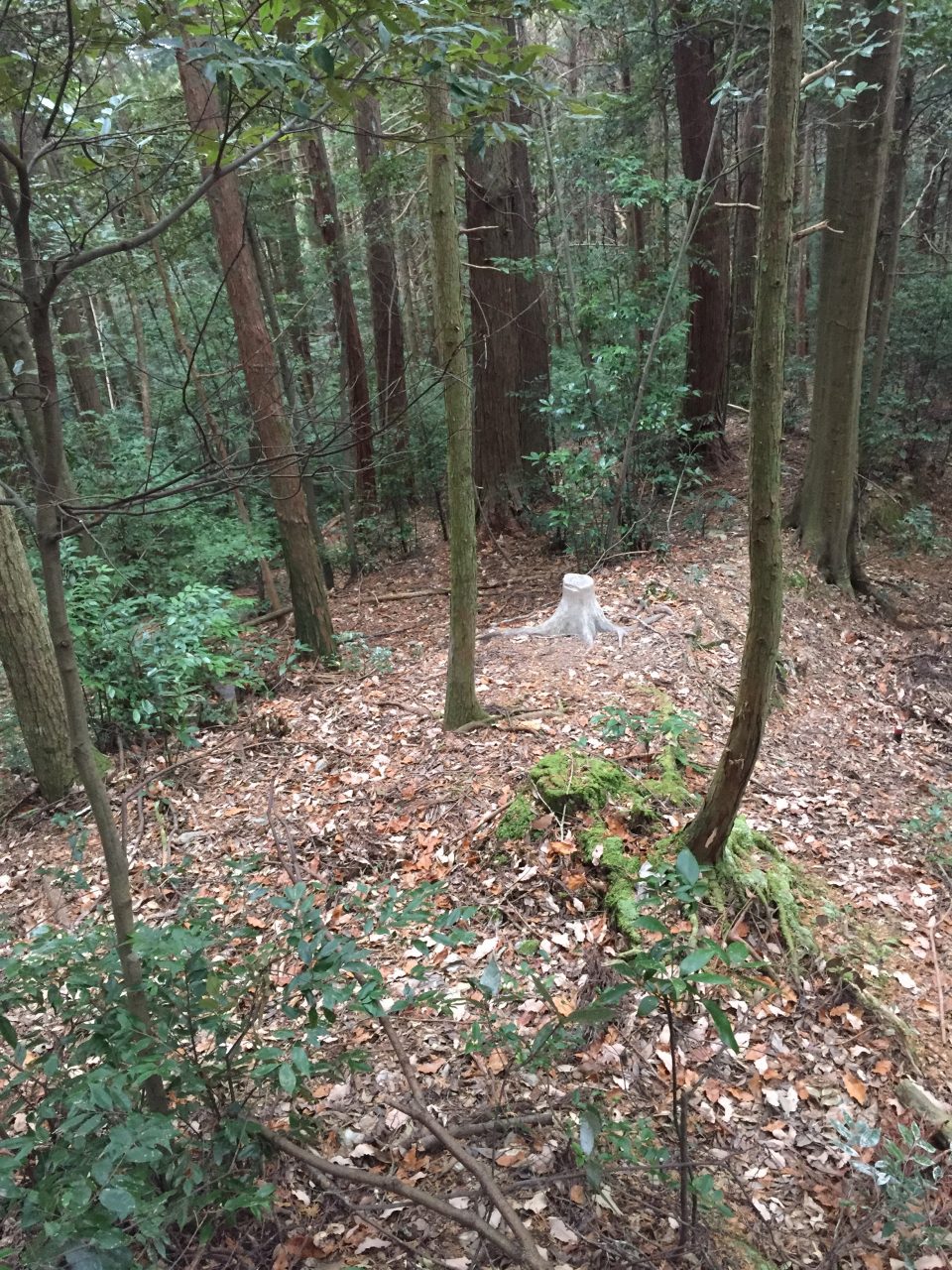



Comments
Thank you Andrea for such a really wonderful and insightful posting on your work - think the spider works really well! Tammy
09/30/2008 8:55 AM | Tammy STone